Yildiz Park: the Star of Istanbul
A few years ago I spent a fun afternoon and early evening picnicking with a big group of friends in Yildiz Park. After a lunch that went on for hours we decided to play frisbee, not an easy task as the park cascades rather steeply down towards the Bosphorus. This was especially unfortunate for the courting couple sitting on the edge of the grassy terrace where we were playing. Without fail any frisbee thrown to the person standing nearest them hit the young man lightly on the head. Each time he returned it to us we all apologised profusely until the fifth time, when he asked us to show him how to play.
It’s seems apt then that modern day Yildiz (Star) Park sits on land that was once the hunting grounds of Sultan Ahmet 1. After all, hunting was the sport of royalty throughout the world once upon a time. In the 17th century these parklands extended from Beşiktaş to Ortaköy and were known as the Kazancioğlu Gardens, after the family who owned it. The hillside was covered in lush, dense gardens, and beautiful yalı (wooden mansions) lined the waterfront where Çırağan Palace now stands.
The History of Yildiz Park
The Yildiz Park gardens were much admired by Sultan Murat IV, who bought them as a present for his daughter Kaya Sultan. In the early 19th century Mihrişah Sultan, mother of Selim III, had the garden beds laid out to her specifications and oversaw the construction of the first building in the grounds. The next major changes were by Sultan Abdülhamid II (1876-1909). The sultan so feared a seaborne attack on Dolmabahçe Palace that he chose to live in Yildiz Palace, situated at the top of the park. What now forms Yildiz Park was once the exclusive grounds of the palace.
Numerous pavilions, buildings and other structures are located in the palace and park grounds but many are not open the public, such as Yildiz Palace. The palace complex consists of the State Apartments (Büyük Mabeyn), the current version having been completely rebuilt by Sarkis and Agop Balyan, of the famous Balyan family of architects in 1866, the Yıldız Şale Mansion, originally intended as an official guest house and currently undergoing restoration, the Fine Arts Hall (formerly the Marangozhane, or carpentry workshop where Abdülhamid himself produced items made from wood), and the Yildiz Palace Theatre.
The latter was built for Abdülhamid II in 1889 as a private theatre by one of my favourite architects Raimondo D’Aronco, and was host to many international performers including Sarah Bernhardt.
Yildiz Park contains many ancient shrubs and trees, and the islands in the middle of the lake were once home to wild animals. Seen from above, the lake is laid out in the shape of Sultan Abdülhamid II’s tuğra, that is, his monogram. Set amidst all this botanical beauty are two historical buildings that are well worth the steep walk uphill.
The first of these is Çadir Köşkü. It was built in 1871 during the reign of Sultan Abdülaziz in Neo Ottoman style by Sarkis Balyan. The structure is a simple yet elegant two story building but looks can be deceiving. It was here the Grand Vizier Mithad Paşa (1822-84) and his associates were tortured on the orders of Abdülhamid II, in an attempt to prove they had murdered Sultan Abdülaziz in 1876. Originally Çadir Köşkü was built to be used as court offices and later, between 1949 and 1960, it operated as a private pastry shop.
From 1960 it was a museum dedicated to Tanzimat history (the 1839-1876 period of reform in the Ottoman Empire) until management of this and other buildings in the park were handed over to the Turkish Touring and Automobile Association (TTOK) in 1995. Although bonded over cars, the association has an intellectual bent and in 1979 signed an agreement with the then Municipality of Istanbul (IBB) to restore cultural and tourist sights. These days Çadir Köşkü is now under the care of Beltur, the council’s tourist arm.
Like Çadir Köşkü, Malta Köşkü also has an unsavoury past mixed in with its beauty. It was built by Sultan Abdülaziz in 1871 in an area of the modern day park that once formed the rear garden of Çırağan Palace. Overlooking one of the two big pools in the park, it’s thought to have got its name from the Ottoman tradition of naming buildings after lands won in foreign conquests. The absence of a bathroom and a toilet on the upper floor leads historians to suggest the building was originally used as some kind of offices. In 1876 it served as a prison, holding Sultan Murad V and his mother, after Murad was deposed.
The interior is much more elaborate than that of Çadir Köşkü. A large central room contains a marble fountain adorned with a swan motif, glass coloured yellow, red and blue illuminates the staircases and floral motifs decorate the rooms. The building now contains a restaurant with stunning painted ceiling and great views over Bosphorus. It’s very popular with brides keen to record their big day with wedding photos taken in a gorgeous setting.
Just next to Malta Köşkü in Yildiz Park is the Yildiz Imperial Porcelain Factory. It was built between 1893 and 1894 to a design by D’Aronco and is a stylised version of a European medieval castle. The factory opened in 1895 to meet the demand of upper class Ottoman families for European-style ceramics and started to produces Sevres style porcelain in 1896. Later on they produced insulation material for use in the Turkish War of Independence. The factory is open to visitors*, and the building contains displays of original productions. Replicas are available for purchase in a small shop.
GETTING THERE: Yildiz Park is a short walk from Beşiktaş. Alternatively, from Taksim you can take any number of buses including the 40, 40T or 42T. Alight at the Yahya Efendi bus stop just across the road from the lower entry of the park.
**************************
Planning to come to Istanbul or Turkey? Here are my helpful tips for planning your trip.
For FLIGHTS I like to use Kiwi.com.
Don’t pay extra for an E-VISA. Here’s my post on everything to know before you take off.
However E-SIM are the way to go to stay connected with a local phone number and mobile data on the go. Airalo is easy to use and affordable.
Even if I never claim on it, I always take out TRAVEL INSURANCE. I recommend Visitors Coverage.
I’m a big advocate of public transport, but know it’s not suitable for everyone all the time. When I need to be picked up from or get to Istanbul Airport or Sabiha Gokcen Airport, I use one of these GetYourGuide website AIRPORT TRANSFERS.
ACCOMMODATION: When I want to find a place to stay I use Booking.com.
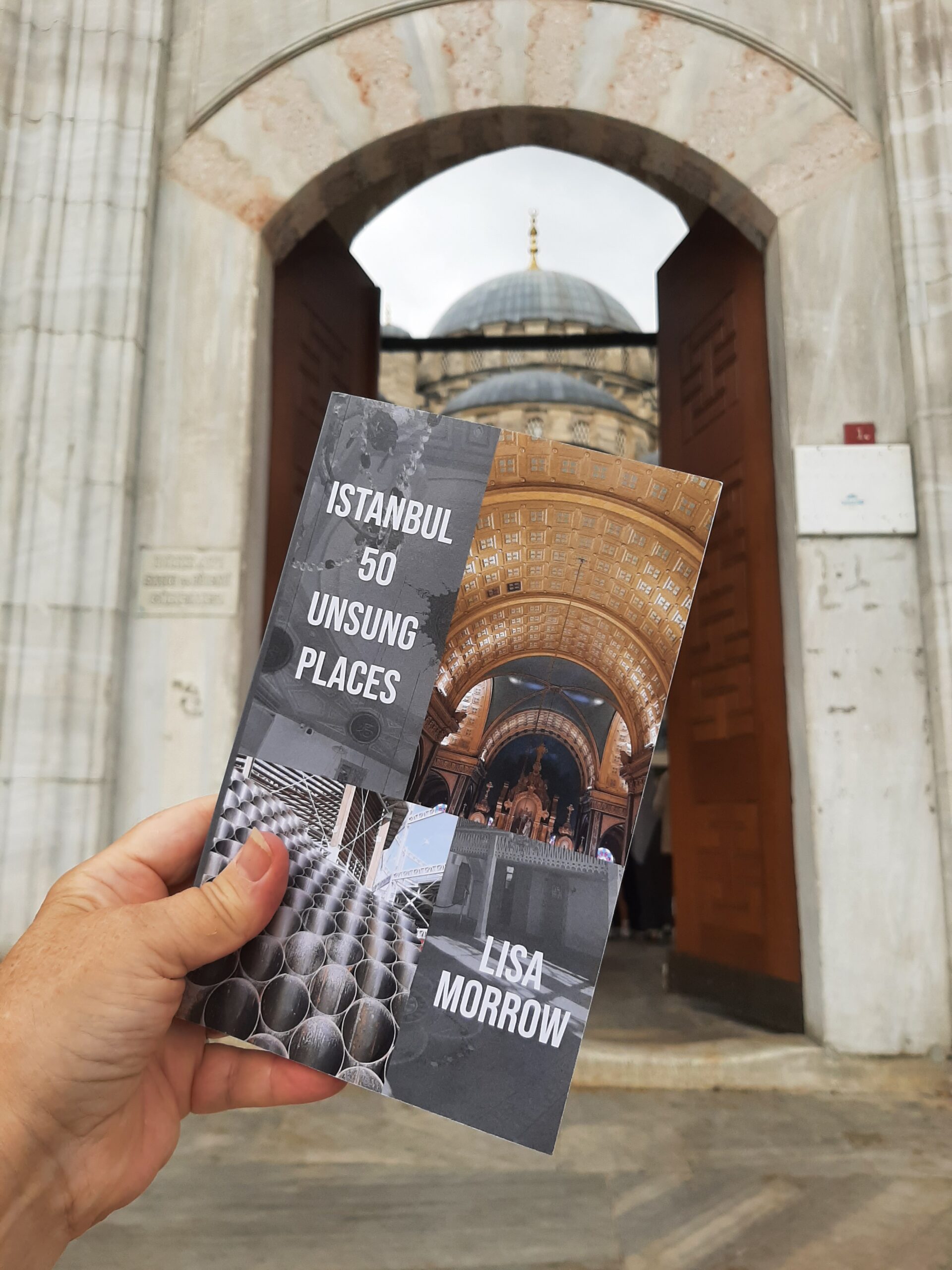
CITY TOURS & DAY TRIPS: Let me guide you around Kadikoy with my audio walking tour Stepping back through Chalcedon or venture further afield with my bespoke guidebook Istanbul 50 Unsung Places. I know you’ll love visiting the lesser-known sites I’ve included. It’s based on using public transport as much as possible so you won’t be adding too much to your carbon footprint. Then read about what you’ve seen and experienced in my three essay collections and memoir about moving to Istanbul permanently.
Browse the GetYourGuide website or Viator to find even more ways to experience Istanbul and Turkey with food tours, visits to the old city, evening Bosphorus cruises and more!
However you travel, stay safe and have fun! Iyi yolculuklar.
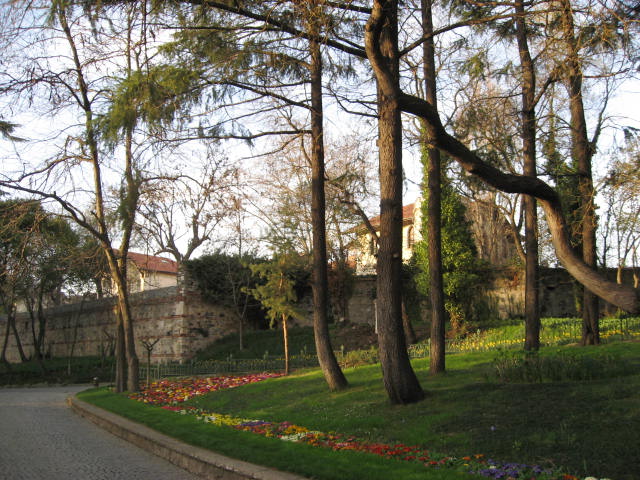
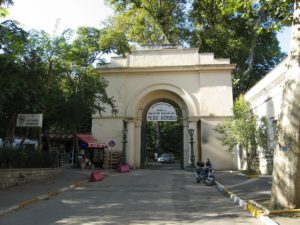
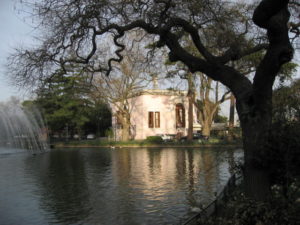
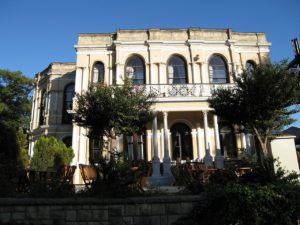
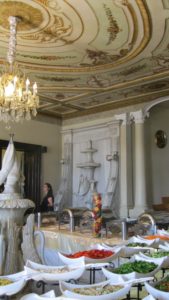
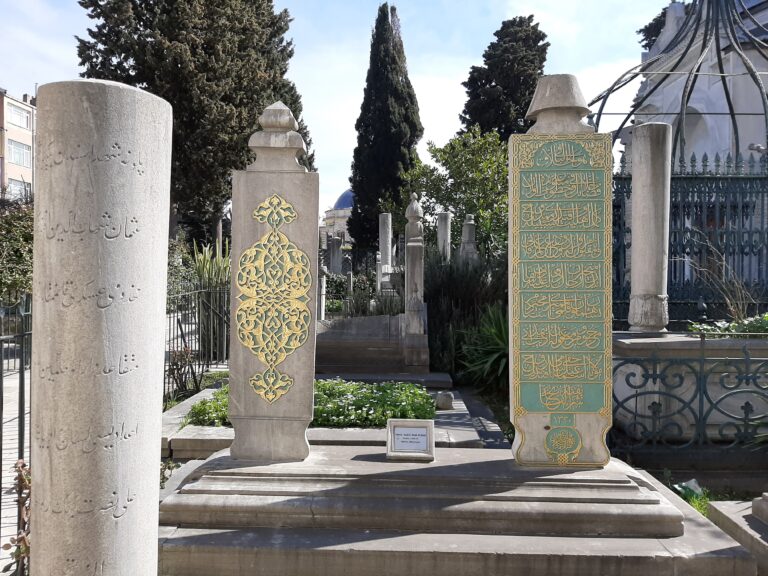
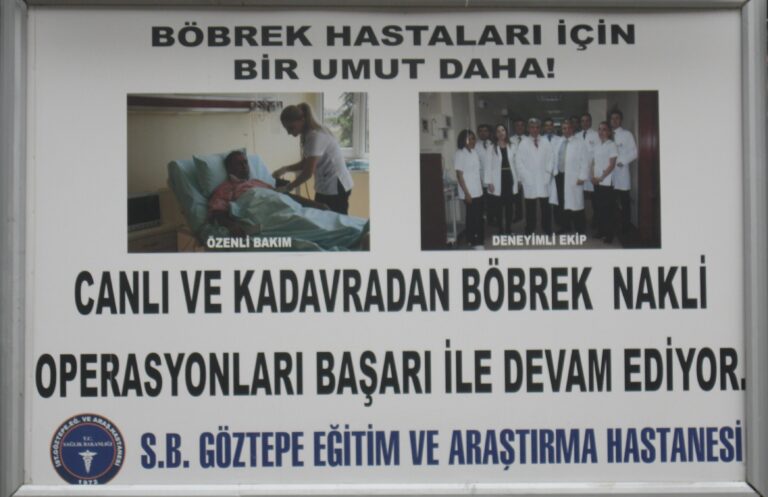
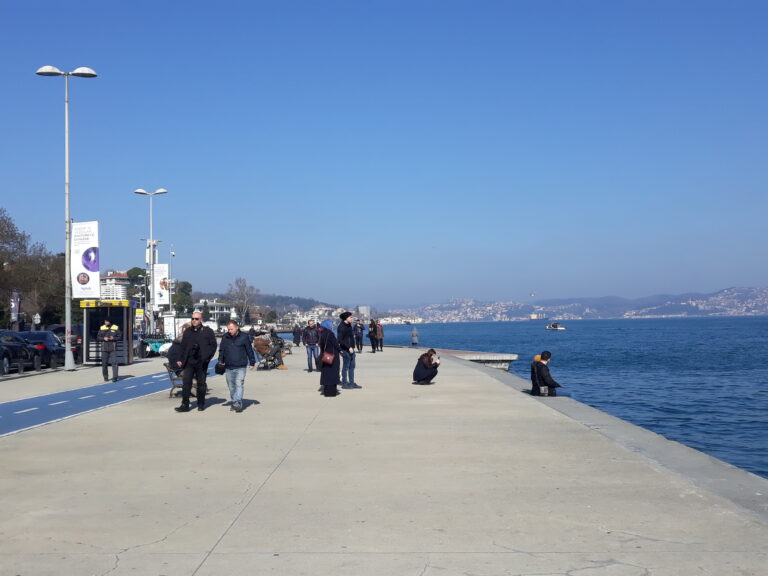
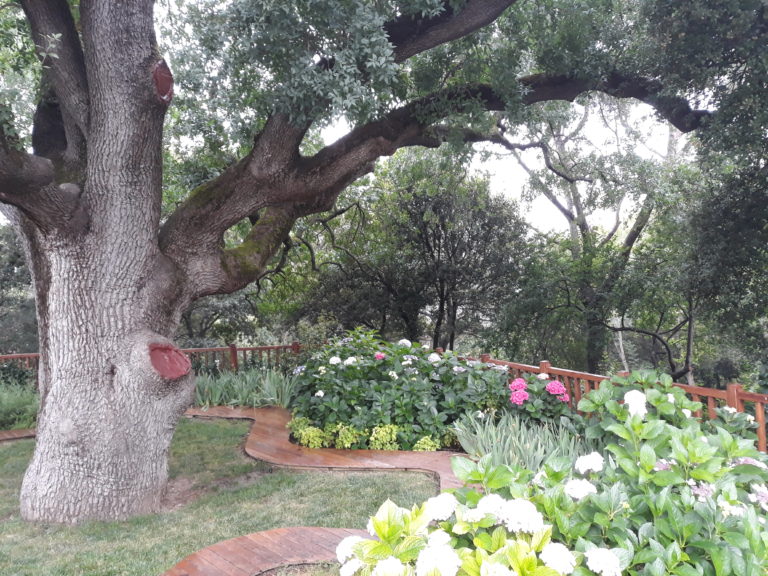
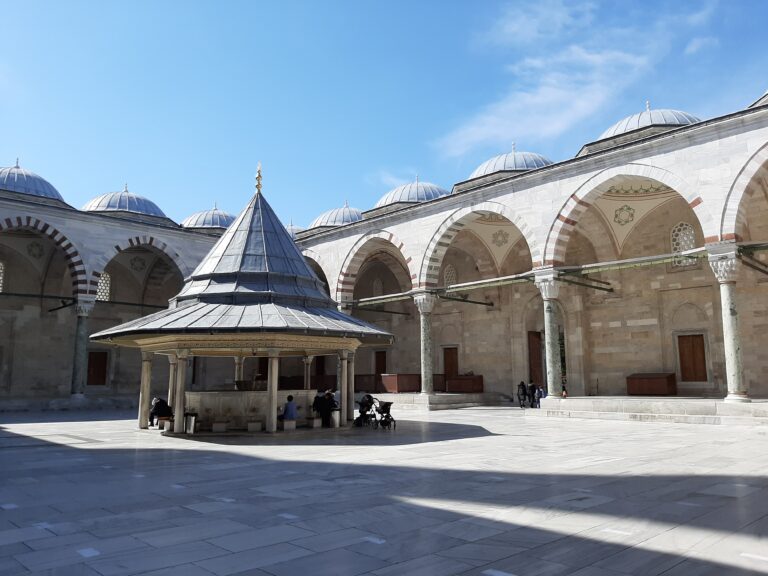
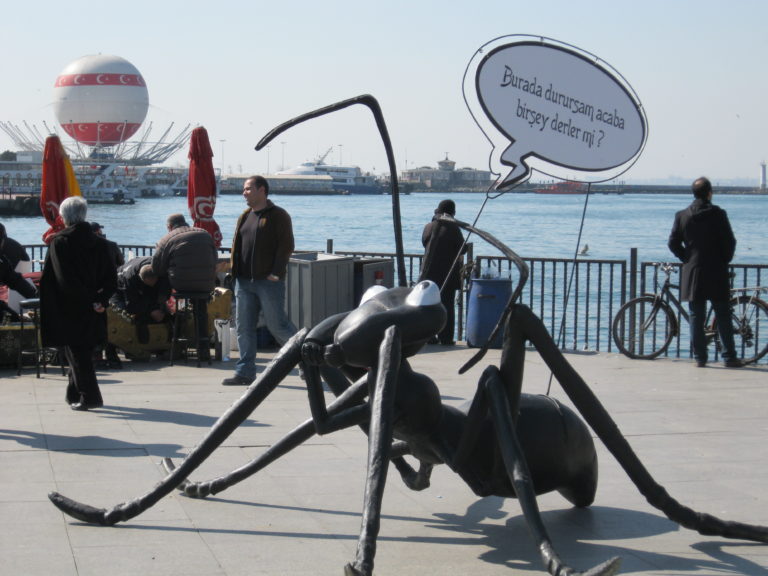
Fascinating account Lisa, thank you for this.
You know me, I love to share information about Istanbul. If the palace was open to the public this post would have been book length!